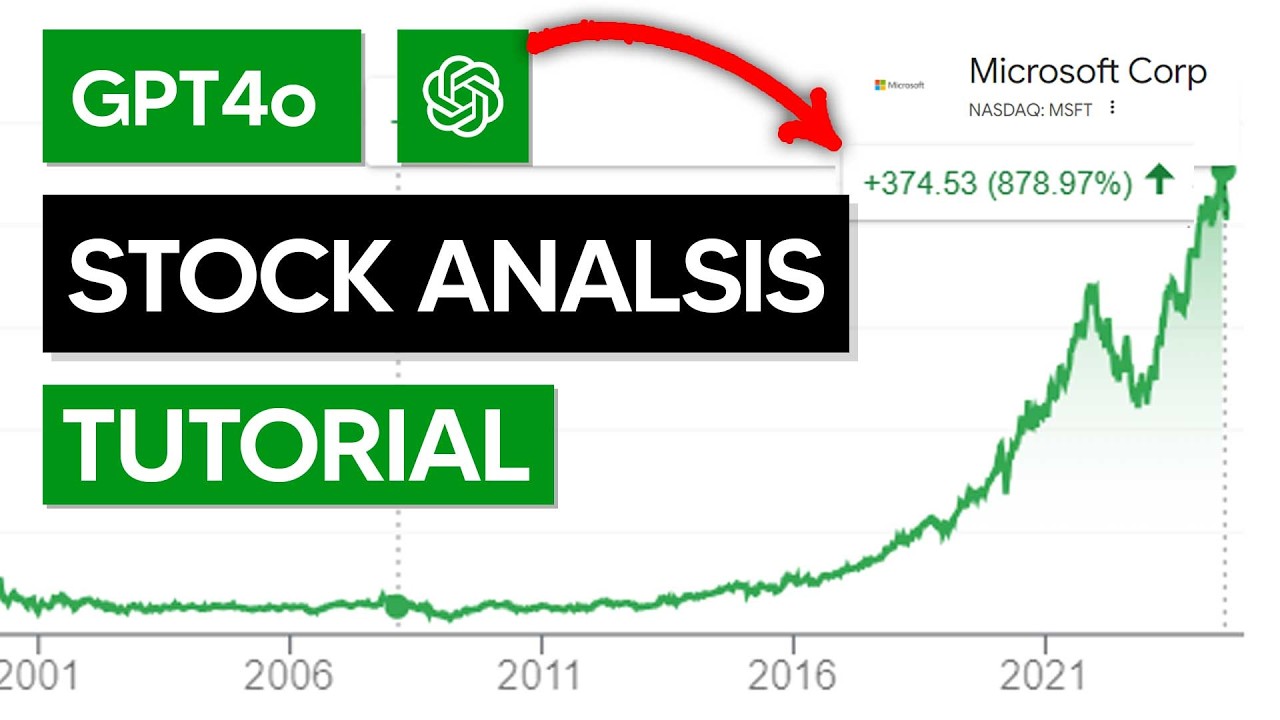20 Best Suggestions For Deciding On Ai Stock Analysis
20 Best Suggestions For Deciding On Ai Stock Analysis
Blog Article
Top 10 Strategies To Scale Up And Start Small For Ai Stock Trading. From Penny Stocks To copyright
An effective method for AI trading in stocks is to begin small and then build it up gradually. This approach is particularly beneficial when you're in risky environments like penny stocks or copyright markets. This lets you gain experience, improve your models and manage risks efficiently. Here are 10 top strategies to scale up your AI stocks trading processes slowly
1. Begin by creating an Action Plan and Strategy
Before you start trading, define your goals, your risk tolerance and the markets you wish to focus on (such as penny stocks or copyright). Begin with a small, manageable portion of your portfolio.
Why: A clearly defined strategy will allow you to remain focused, make better choices and guarantee longevity of success.
2. Test Paper Trading
You can begin by using paper trading to test trading. It uses real-time market information without risking your actual capital.
The reason: You will be able to test your AI and trading strategies under real-time market conditions prior to scaling.
3. Choose an Exchange or Broker with Low Fees
Tips: Select a brokerage firm or exchange that has low-cost trading options and also allows for fractional investments. This is especially helpful when starting with penny stocks or copyright assets.
Some examples of penny stocks are TD Ameritrade Webull and E*TRADE.
Examples of copyright: copyright copyright copyright
Reasons: Cutting down on commissions is crucial when you are trading small amounts.
4. Focus on one asset class first
TIP: Concentrate your studies on a single asset class at first, such as penny shares or cryptocurrencies. This can reduce the amount of work and make it easier to concentrate.
Why? Concentrating on one particular market can help you gain expertise and cut down on learning curves before expanding into different markets or different asset classes.
5. Utilize small sizes for positions
You can minimize risk by limiting your trade size to a percentage of your total portfolio.
The reason: It reduces the risk of losses while you fine-tune your AI models and learn the dynamics of the market.
6. Gradually Increase Capital as You Build Confidence
Tips: When you have consistently positive results for a few months or quarters, gradually increase your capital for trading however only when your system shows consistent performance.
Why: Scaling up gradually lets you build confidence and understand how to manage risk prior to placing large bets.
7. In the beginning, concentrate on an AI model with a basic design.
Begin with basic machines (e.g. a linear regression model, or a decision tree) to predict copyright prices or price movements before moving on to complex neural networks and deep-learning models.
What's the reason? Simpler models make it easier to understand, maintain and optimize these models, especially when you're just starting out and learning about AI trading.
8. Use Conservative Risk Management
Tip: Implement strict risk management guidelines including tight stop-loss orders, limits on size of positions, and conservative leverage usage.
Why: Conservative Risk Management prevents large losses from occurring during the early stages of your trading career and ensures the sustainability of your plan as you scale.
9. Reinvest the Profits in the System
Make sure you invest your initial profits in making improvements to the trading model, or scalability operations.
Why is it that reinvesting profits help to compound the gains over time, while also building the infrastructure required for larger-scale operations.
10. Review AI models regularly and optimize them
Tip : Monitor and improve the efficiency of AI models by using updated algorithms, better features engineering, and more accurate data.
Why: Regular optimization ensures that your models are able to adapt to the changing market environment, and improve their predictive abilities as you increase your capital.
Extra Bonus: Consider diversifying following the foundation you've built
Tips. Once you've established a solid foundation, and your trading system is always profitable (e.g. moving from penny stock to mid-cap, or adding new cryptocurrencies) Consider expanding your portfolio to additional asset classes.
The reason: Diversification can decrease risk and improve return. It allows you to profit from various market conditions.
By starting out small and gradually scaling up your trading, you will have the opportunity to learn, adapt and create a solid foundation to be successful. This is especially important when you are dealing with high-risk environments like the copyright market or penny stocks. Take a look at the top her explanation for ai for trading for site info including ai for trading, ai stock trading bot free, best copyright prediction site, ai for stock market, ai trade, ai stock picker, ai trade, ai for stock market, ai stock analysis, ai stock and more. 
Top 10 Tips For Paying Attention To Risk Metrics Ai Stock Pickers, Forecasts And Investments
By paying attention to risks, you can ensure that AI stock picking, predictions and strategies for investing and AI are resilient to market volatility and are balanced. Understanding and managing risk will help protect your portfolio from major losses and helps you make informed, data-driven choices. Here are 10 best ways to incorporate risk factors into AI stock picking and investment strategies:
1. Learn the key risk metrics to be aware of : Sharpe Ratios (Sharpness) Max Drawdown (Max Drawdown) and Volatility
Tip - Focus on key risks such as the sharpe ratio, maximum withdrawal and volatility to determine the risk-adjusted performance of your AI.
Why:
Sharpe Ratio measures return relative risk. A higher Sharpe ratio indicates better risk-adjusted performance.
It is possible to use the maximum drawdown in order to determine the highest peak-to -trough loss. This will allow you to comprehend the potential for huge losses.
Volatility quantifies the price fluctuations and risks of the market. A high level of volatility suggests a more risk, whereas less volatility suggests stability.
2. Implement Risk-Adjusted Return Metrics
Tip: To determine the actual performance of your investment, you should use indicators that are risk adjusted. This includes the Sortino and Calmar ratios (which focus on risks that are a risk to the downside) as well as the return to maximum drawdowns.
The reason: These metrics are based on the efficiency of your AI model in relation to the degree and type of risk it is subject to. This lets you determine whether the return is worth the risk.
3. Monitor Portfolio Diversification to Reduce Concentration Risk
Tips: Make use of AI to optimize and manage your portfolio's diversification.
Why: Diversification lowers concentration risks, which occur when a stock, sector and market are heavily dependent on the portfolio. AI can be utilized to detect correlations and make adjustments to allocations.
4. Track Beta to Assess Market Sensitivity
Tip: Utilize the beta coefficient to determine how to determine how responsive your portfolio is to overall market movements.
What is the reason? A portfolio that has a Beta greater than 1 is volatile. A Beta less than 1 indicates a lower volatility. Understanding beta is helpful in adjusting risk exposure according to the market's movements and risk tolerance.
5. Implement Stop-Loss levels and Take-Profit Limits Based on Risk Tolerance
Utilize AI models and forecasts to determine stop-loss levels as well as levels of take-profit. This will assist you reduce your losses while locking in the profits.
The reason: Stop-loss levels shield you from losses that are too high, and a take-profit level locks in gains. AI can determine the optimal level through analyzing price fluctuations and volatility. This can help keep a healthy balanced risk-reward ratio.
6. Monte Carlo Simulations Risk Scenarios
Tip Rerun Monte Carlo simulations to model the range of possible portfolio outcomes under various risks and market conditions.
What's the point: Monte Carlo simulates can provide you with an estimate of the probabilities of performance of your portfolio for the foreseeable future. They help you plan better for different scenarios of risk (e.g. large losses and high volatility).
7. Use correlation to assess the risk of systemic as well as unsystematic.
Tip: Use AI to study the correlations between your portfolio of assets and market indices in general to detect both systematic and unsystematic risk.
Why: Systematic risk affects all markets (e.g. recessions in the economy) however, the risk of unsystematic is specific to particular assets (e.g. specific issues for companies). AI can be used to identify and limit unsystematic or related risk by recommending less correlated assets.
8. Monitor Value at risk (VaR) in order to estimate potential losses
Utilize the Value at Risk models (VaRs) to estimate potential losses for an investment portfolio using a known confidence level.
Why is that? VaR helps you see what the most likely scenario for your portfolio would be in terms of losses. It provides you with the chance to evaluate the risk of your portfolio under regular market conditions. AI can aid in the calculation of VaR dynamically to adjust for variations in market conditions.
9. Set dynamic risk limits in accordance with market conditions
Tips: Make use of AI to adjust the risk limit based on current market volatility, economic conditions, and stock-to-stock correlations.
Why Dynamic risk limits make sure your portfolio isn't exposed to risk too much during times of high volatility or uncertainty. AI can evaluate live data and adjust your positions to maintain a risk tolerance that is acceptable.
10. Machine learning is used to predict tail and risk events.
Tip: Use machine learning algorithms that are based on sentiment analysis and historical data to forecast the most extreme risk or tail-risks (e.g. market crashes).
What's the reason: AI models can identify risk patterns that traditional models might miss, helping to anticipate and prepare for unusual but extremely market situations. Investors can plan ahead for potential catastrophic losses by using tail-risk analysis.
Bonus: Review your risk metrics with the evolving market conditions
Tips: Continually review your risk-based metrics and models in response to market changes, updating them regularly to reflect changing geopolitical, political and financial variables.
The reason is that markets are always evolving, and risk models that are outdated could result in incorrect risk assessment. Regular updates allow your AI models to be able to respond to the changing dynamics of markets and reflect the latest risks.
This page was last modified on September 29, 2017, at 19:09.
You can design an investment portfolio that is flexible and resilient by carefully watching risk-related metrics and incorporating them in your AI predictive model, stock-picker and investment strategy. AI is an effective tool to manage and assess the risk. It helps investors take informed, data driven decisions, which balance the potential returns against acceptable risk levels. These suggestions will assist you to build a solid risk management framework, ultimately improving the profitability and stability of your investments. Check out the most popular ai trade recommendations for blog recommendations including ai for trading, ai for stock market, trading chart ai, best ai stocks, best ai copyright prediction, best ai copyright prediction, ai stocks to buy, trading ai, ai stock trading bot free, best copyright prediction site and more.